Full Art Mode
Exit Full Art Mode by clicking on Page or ESCTouch screen to exit Full Art Mode
skip
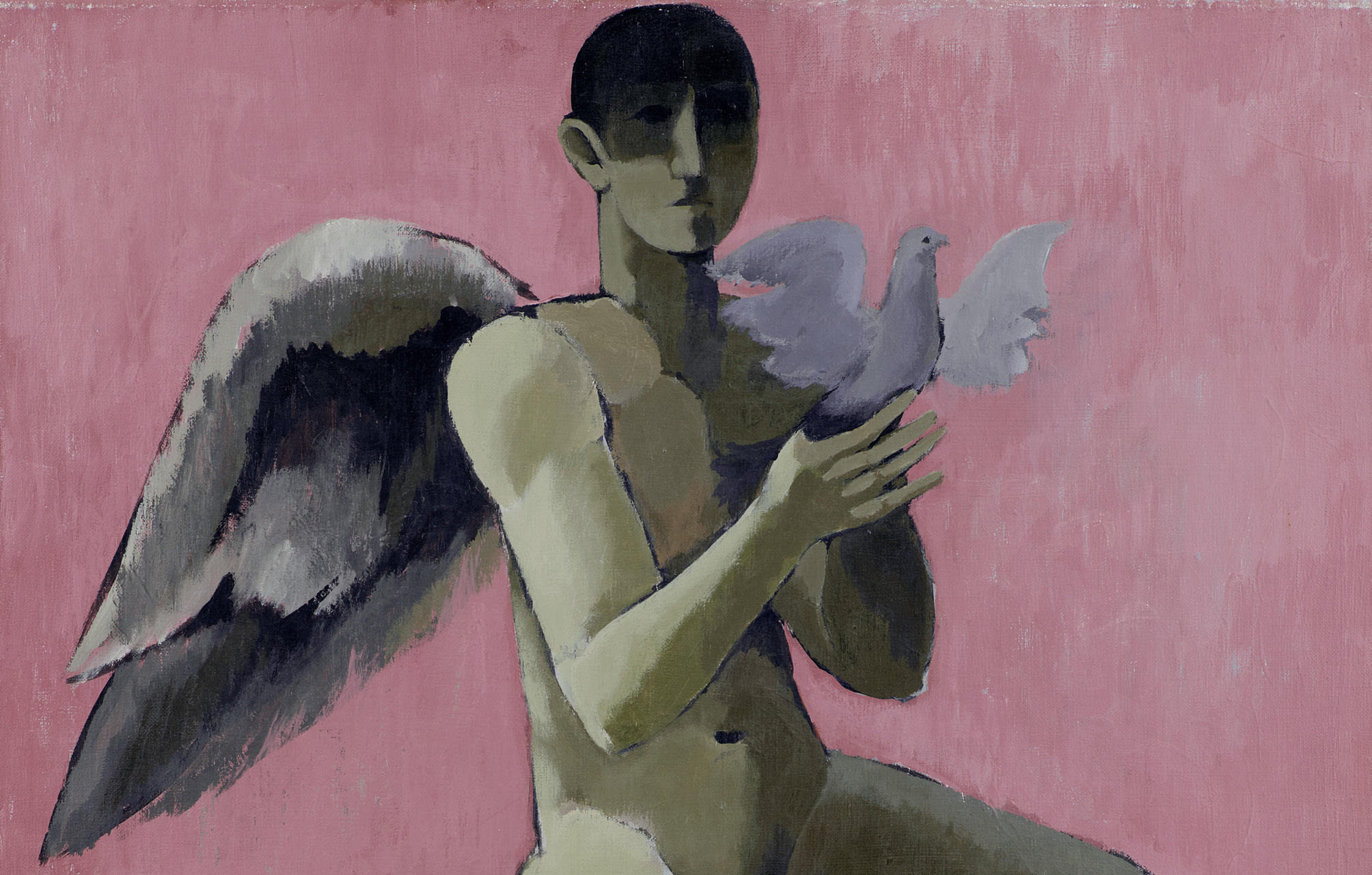
review
Hermann Rastorfer
Lebenslinien
09.09.2022 - 22.09.2022
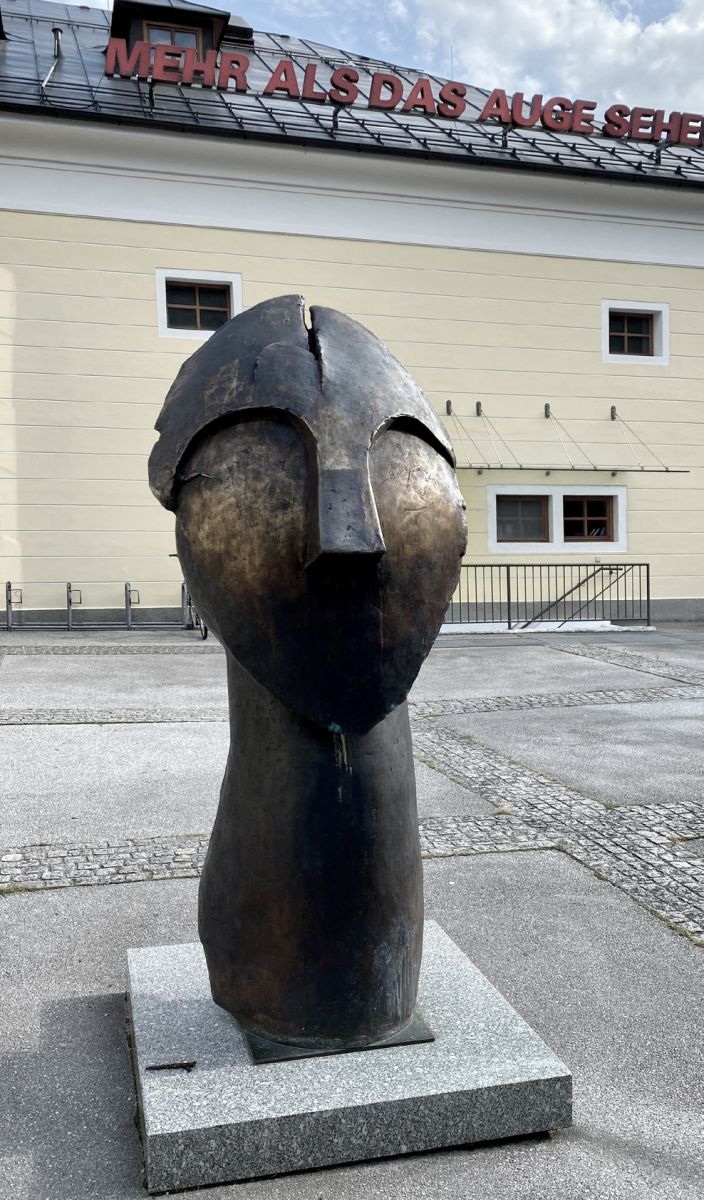
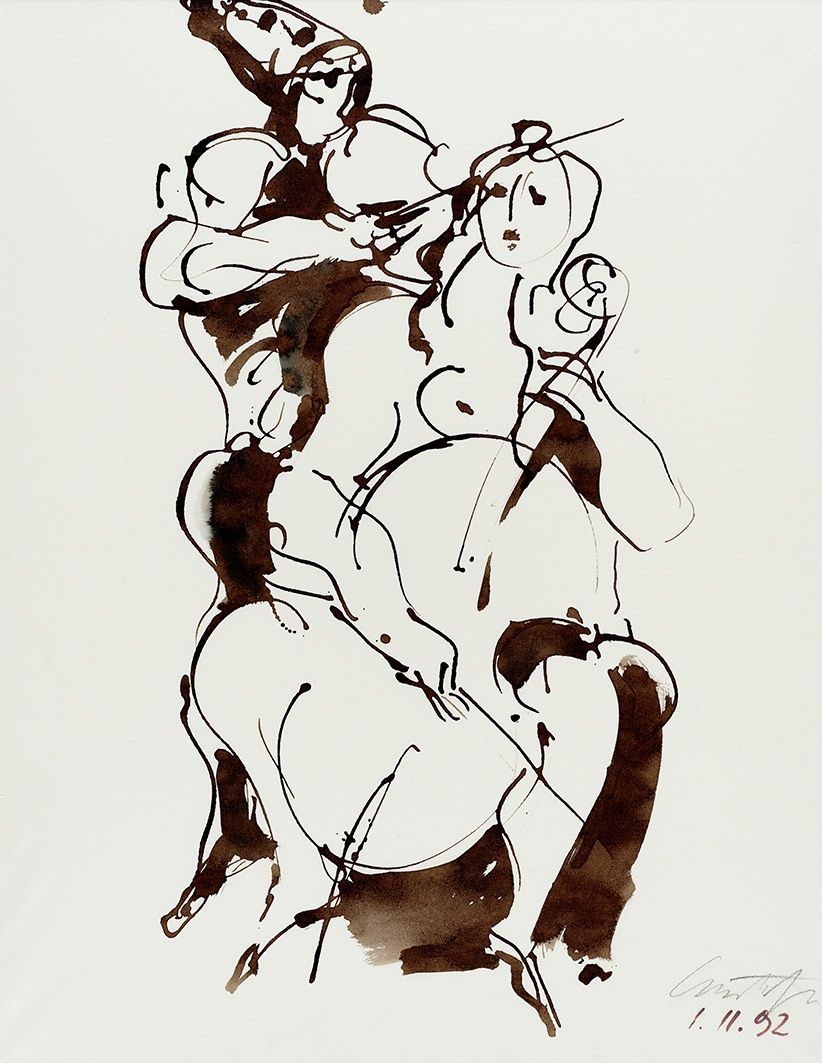
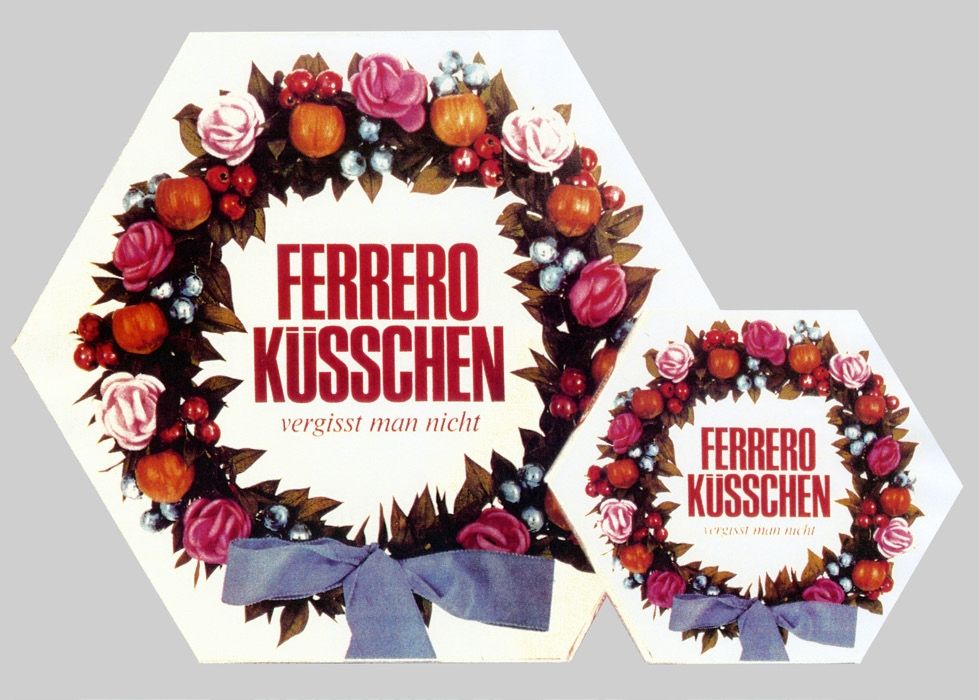
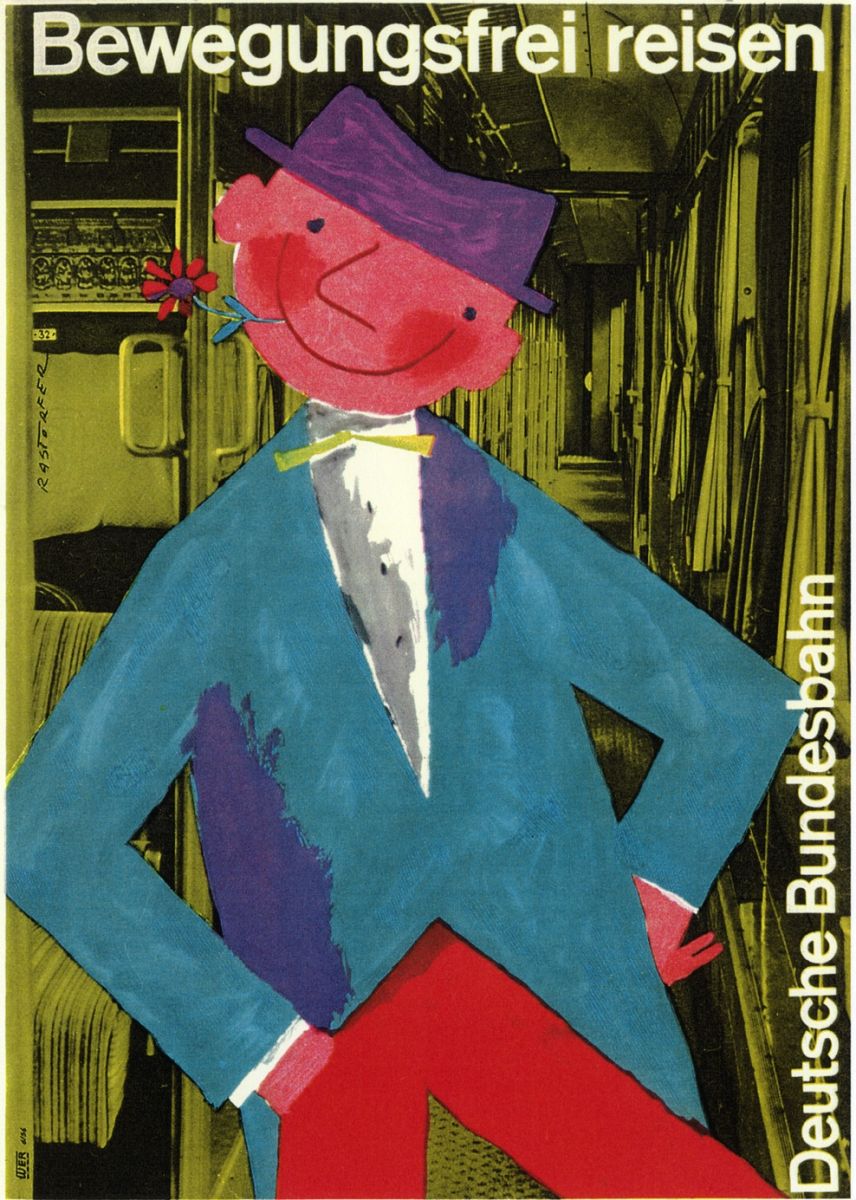
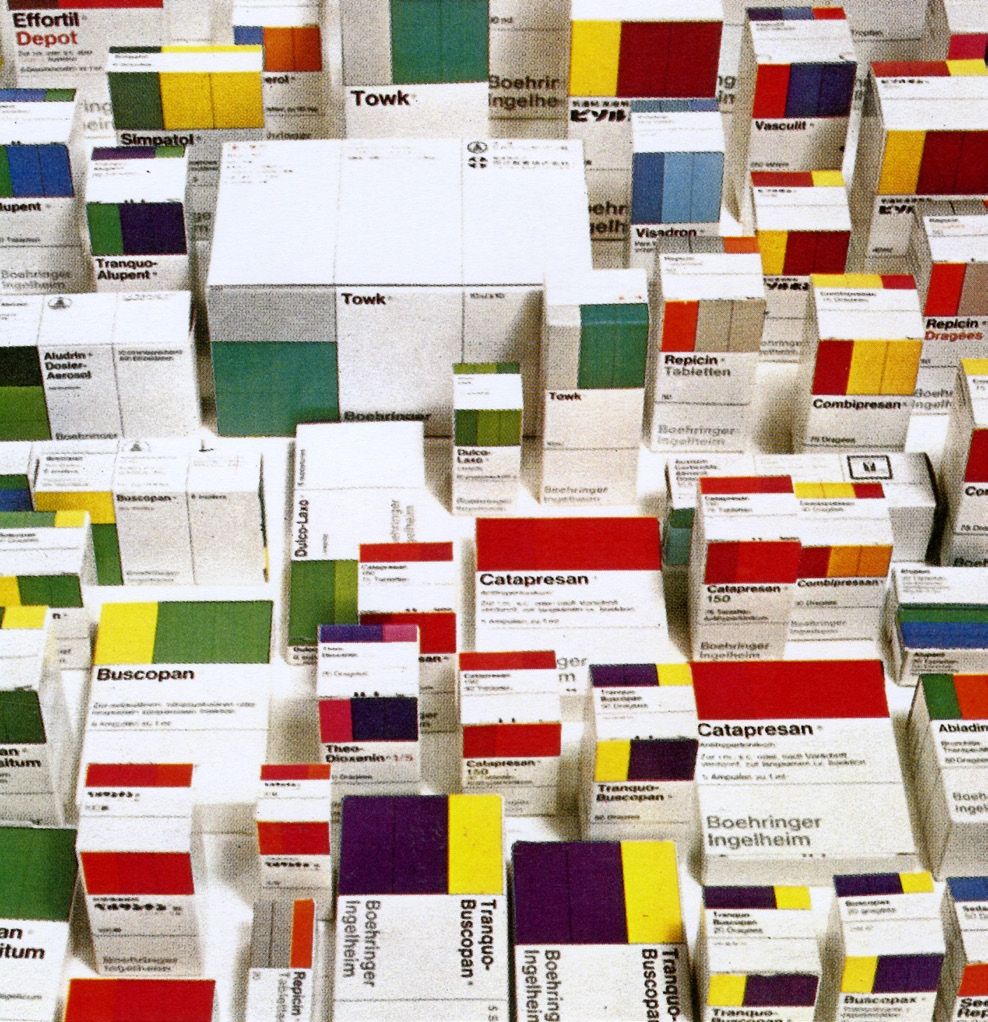
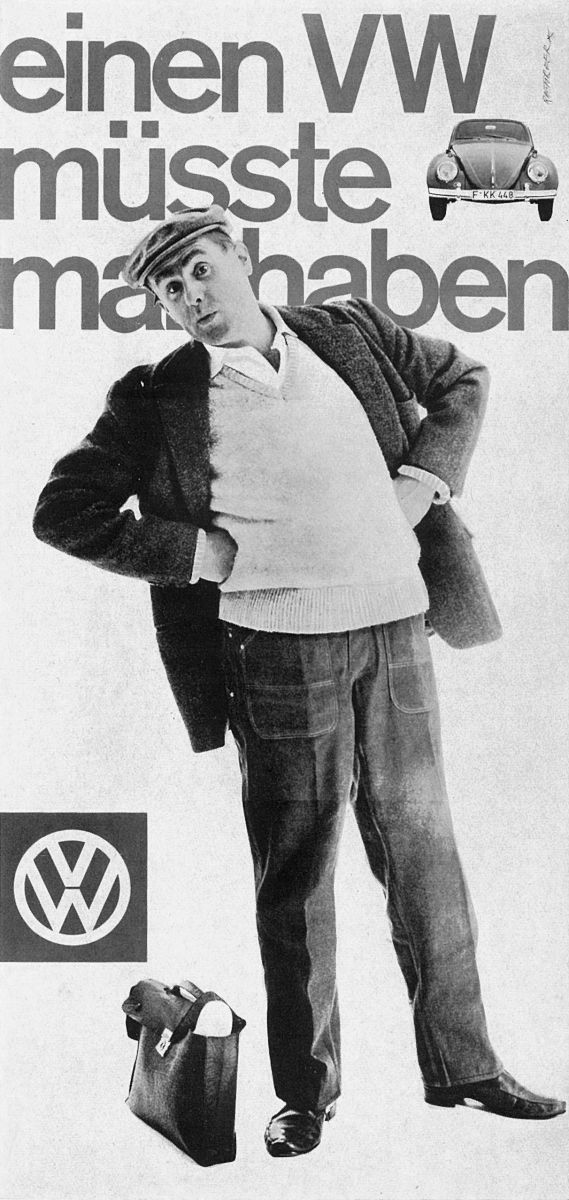
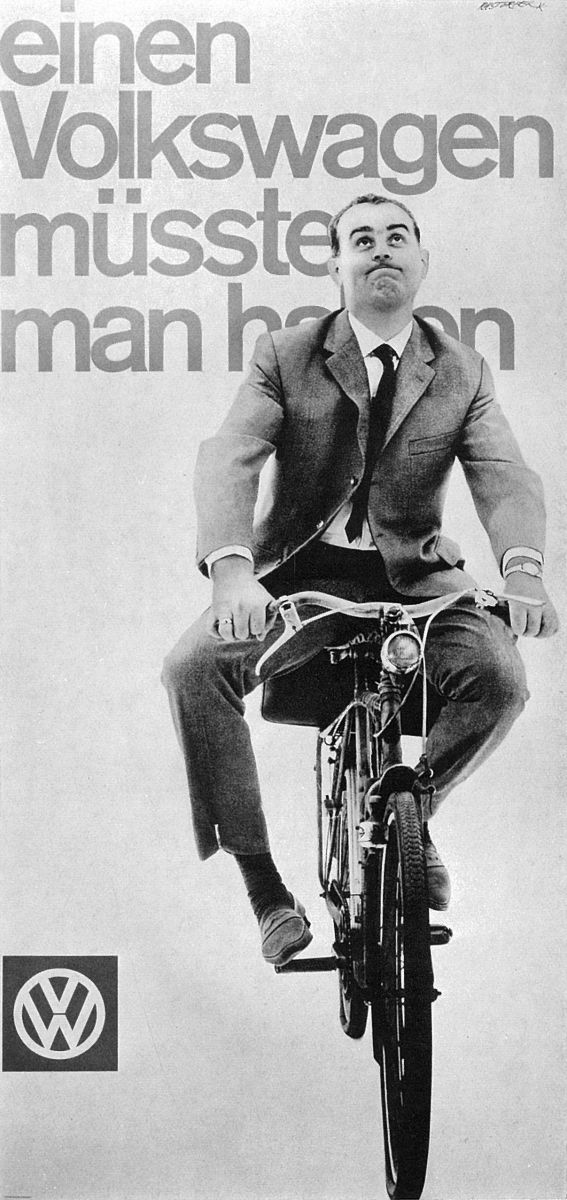
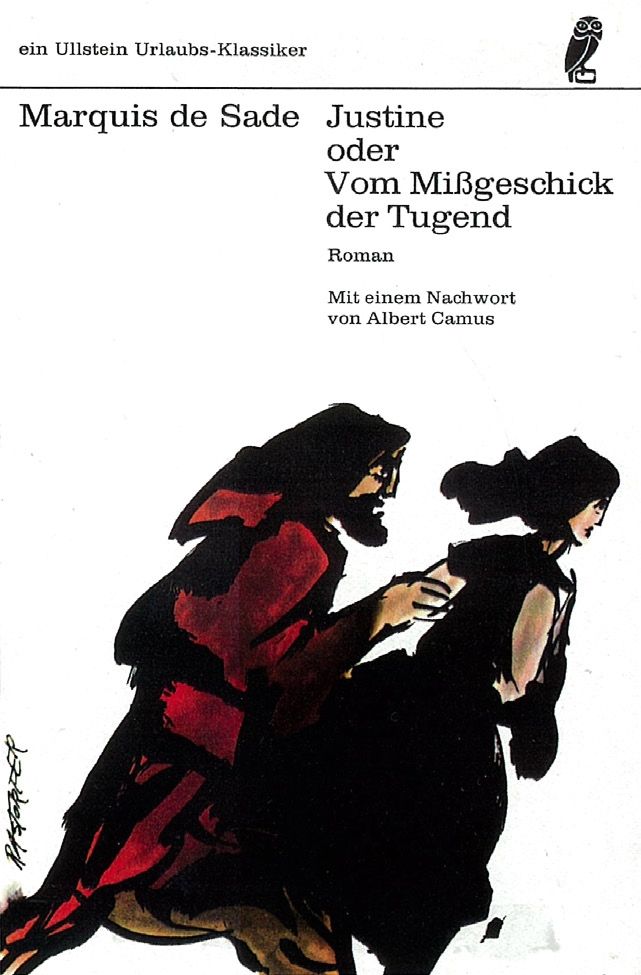
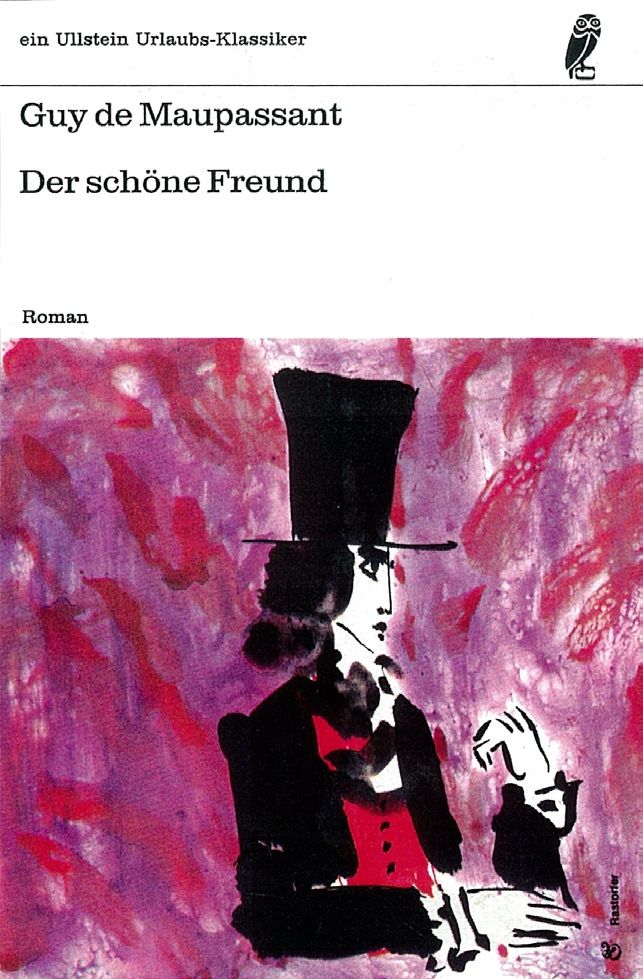
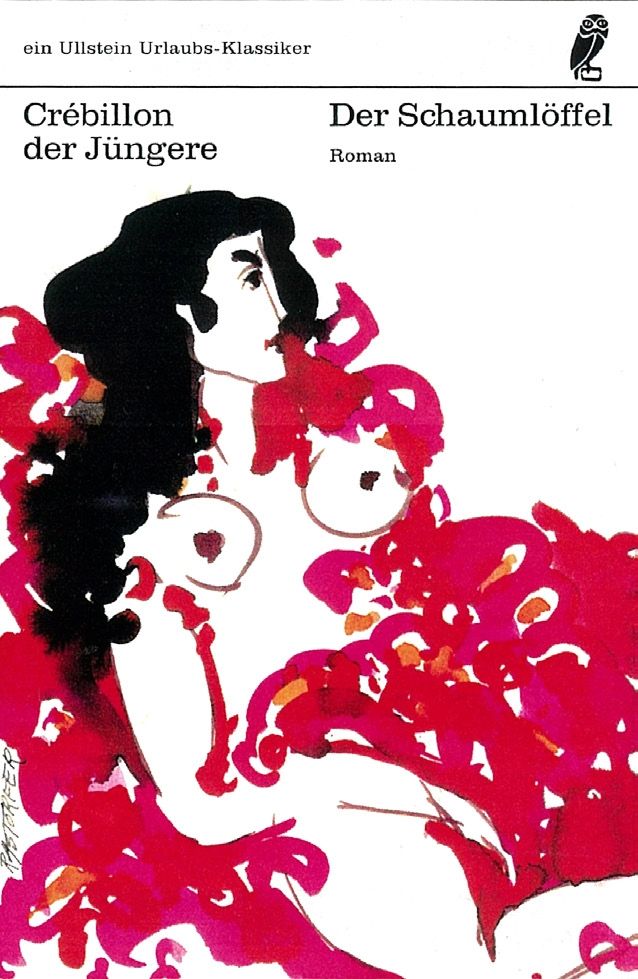
From September 9th, 2022 onwards there will be a representative overview of Hermann Rastorfer’s œuvre on view at the Kunstforum Wien. Hermann Rastorfer (Salzburg, 1930 – 2009) was an admired Austrian artist and highly influential designer. This retrospective will contrast his artistic output with his modern designs which deeply influenced the 20th century German advertising landscape. Many of his iconic designs are still in use today.
Hermann Rastorfer’s œuvre can be seen as that of a Renaissance universal talent. He was a painter, a draftsman, a sculptor, an inventor, an architect and graphic designer. He chose independence over financial safety and paved his way to success through passion and a firm belief that the world was a setting for wonders to be achieved.
In 1958, Eberhard Hölscher wrote in the Monatsschrift zur Förderung künstlerischer Werbung about the then 28-year-old Hermann Rastorfer: “Although he is extremely critical of his own work, he is one of those original talents who approach their work less from rational considerations than from an instinctive feeling for what is right.” This held true all his life.
Hermann Rastorfer learnt the profession of a typesetter from 1945 to 1949, which provided him with many of the skills that would be the foundation for his later work in advertising. From 1948 until 1962, he received commissions for illustrations for the Salzburger Nachrichten. At the same time, he took up painting and drawing. Some of his early works were shown in 1949 in a group exhibition at the famed Galerie Welz in Salzburg which was established in 1899.
Hermann Rastorfer declared in 2008: “After all, I was supposed to tie my further artistic development to Welz. But that was not my goal. At that time, the realization grew that a ‘free’ artist could not be so free.”
Hermann Rastorfer’s artistic inspiration goes back to antiquity with timeless subjects such as the Greek mythology but also challenges cultural history with Mozart. The representation of human anatomy was also a theme he approached relentlessly, in a classic way with the study of Ecce Homo but also with more contemporary influence such as that of Jean-Michel Basquiat’s skulls. His artistic output was passionate and prolific, and regarded by contemporary scholars as genuine and unique in its form.
Dr. Christiane Vielhaber, a renowned art critic and author, observes in 2008: “If one understands expressionism as that artistic form of expression which turned the innermost outward and which was able to express in the visible body that which is invisibly concealed within [...], then I do not hesitate for a moment to call Hermann Rastorfer an expressionist of a quite unique kind and to praise him sincerely.”
For Hermann Rastorfer the distinctions between art and design are fluent and in constant dialogue with each other. In 1954, he founded his own advertising agency and very quickly established himself as a key figure in the industry. His designs were celebrated for their clear conception, with overarching design elements. In effect, Rastorfer applied the principles of modern corporate design long before this term was established in Germany, an achievement that was recognized in several articles in the journal Gebrauchsgraphik. He qualified visual marketing as: “By visual marketing, we understand a comprehensive interaction of all factors that make a company and its product appear.”
Andreas Koop (Designer and Professor of Typography and Design) wrote for the Design Austria Book on Hermann Rastorfer: “There is hardly anyone who hasn’t held a Rastorfer-designed product once in his lifetime.”
Some of his large projects were stamps for Deutsche Bundespost, posters for Deutsche Bundesbahn and the famous Volkswagen campaign with the slogan “Einen VW müsste man haben! (A VW one must have)” that helped shape the company’s image in the 1950s and 1960s. In the 1950s and 1960s, small affordable paperback books with attractive cover designs revolutionized the book market and Rastorfer’s work was decisive in shaping the look of this new type of books in the German-speaking area. For the publishing houses Ullstein, Fischer and Droemer Knaur, he created hundreds of covers for fiction and non-fiction books over the years.
In the 1960s, Rastorfer also became a specialist in advertising and package design for pharmaceutical products and the food industry. Studio Rastorfer successfully implemented an effective and timeless color- coded design for Boehringer Ingelheim, which is still in use on packaging today. As for Ferrero, Rastorfer brought a new approach to their vast line of products, giving Ferrero Küsschen its very own geometric packaging, its name, and campaign identity.
During those successful years in marketing, Hermann Rastorfer’s own artistic practice thrived equally. His oil on canvas and drawings are part of many international collections today. His bronze sculptures, in the footsteps of Rodin and Maillol, update a raw and contemporary twist to the sculptural tradition, while still being grounded in figuration. His sculptures are on permanent public display from Beijing to Salzburg.
This Hermann Rastorfer exhibition at Kunstforum Wien celebrates the œuvre of an accomplished artist, a marketing professional and remarkable man. His legacy in the world of commercial design still pervades today. What differentiates Hermann Rastorfer from his peers however, was his will to remain independent in his art, his vision, and his dedication to beauty.
current
DIETER NUHR
EVERYWHERE ELSE IS EVERYWHERE
10/07/2024 - 04/08/2024
review
